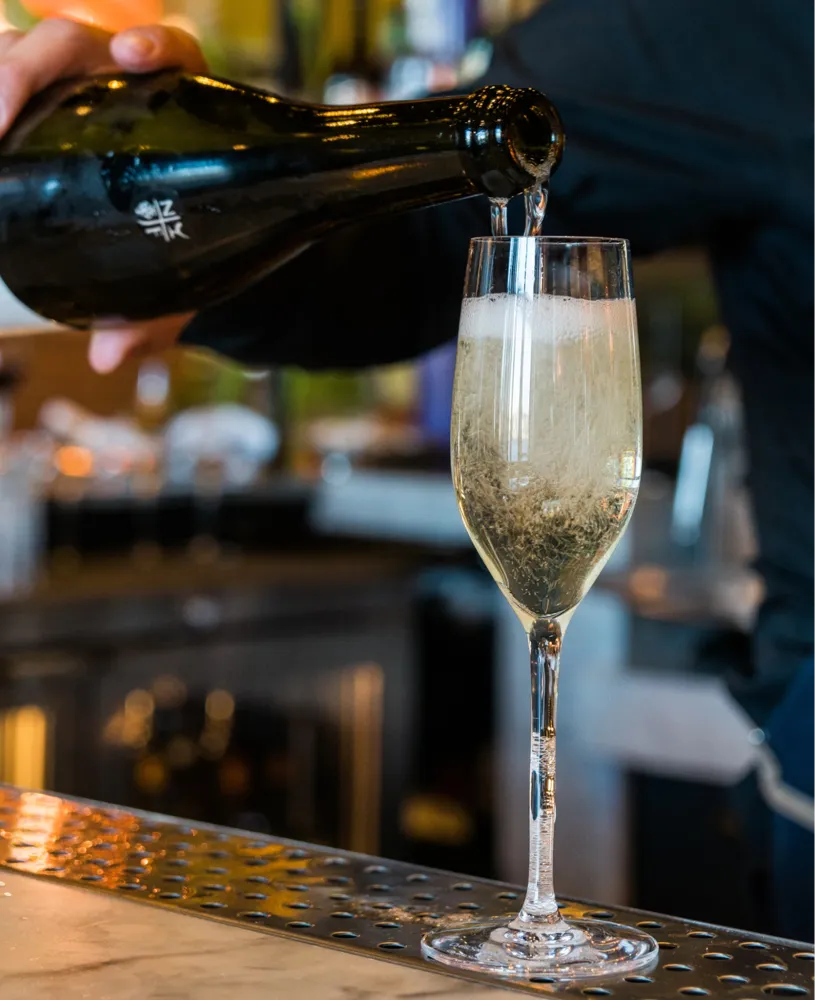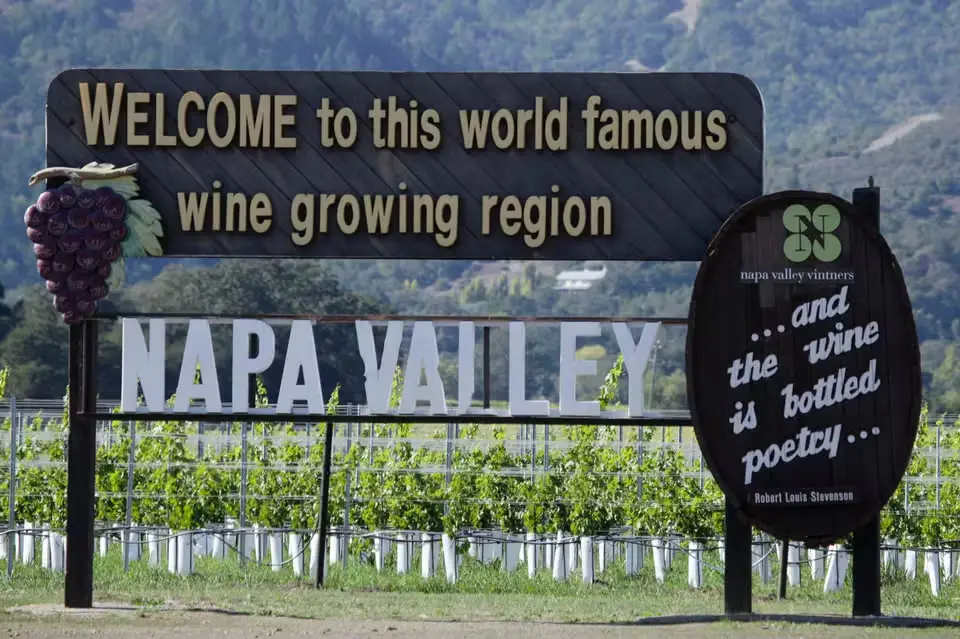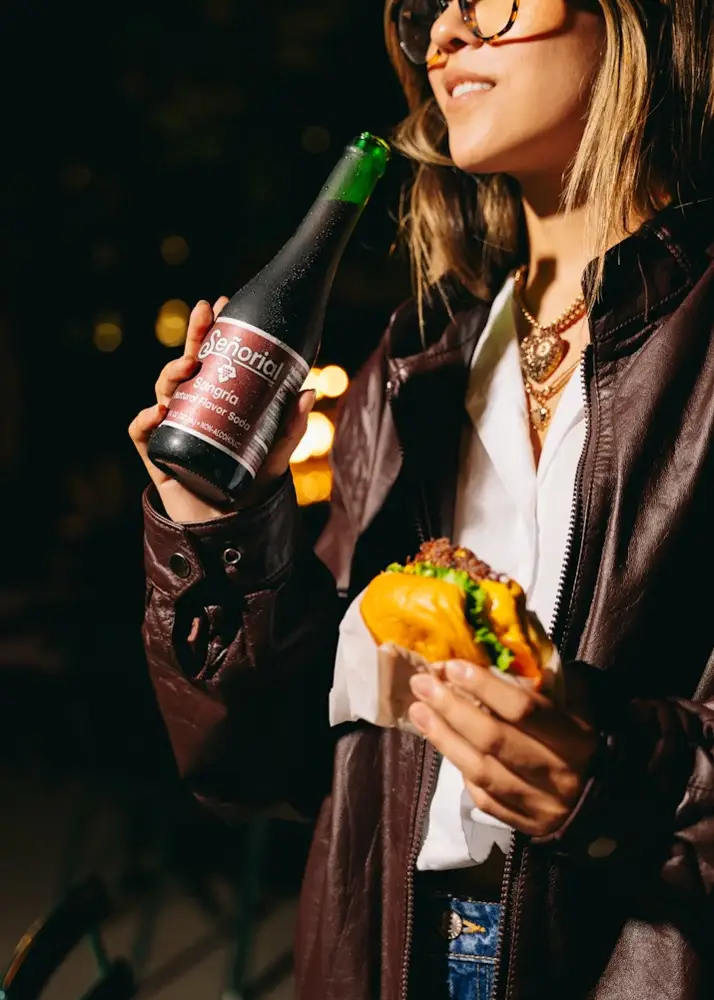Brut Nature/Zero Dosage Champagne on the Rise
The allure of champagne is timeless, an effervescent symbol of celebration and sophistication. In the world of champagne, Brut style is the mainstream. But you may notice your neighborhood wine store has more Brut Nature champagnes on the shelf, or online shops promoting zero-sugar champagne. Indeed, Brut Nature champagne, also known as zero dosage, is on the rise. But what exactly are these champagnes, how did they come about, and why are they gaining popularity today?

The Sugar in Champagne
To truly appreciate Brut Nature champagne, you need to understand the role of sugar in champagne. Champagne styles vary widely based on their sugar content. On the wine label, Brut Nature can also appear as ‘Zero Dosage' or ‘Pas dosé'.
The word ‘dosage' is yet another wine jargon but essential in the process of sparkling winemaking. Every bottle undergoes a process called ‘dosage', where a mix known as liqueur de dosage—usually a blend of still wine and dissolved cane sugar—is added after the second fermentation. This step fine-tunes the wine's sweetness and balances its acidity, shaping its final flavor profile.
Adding sugar through the process of dosage in champagne isn't just about sweetness. It also affects the wine's body, mid-palate weight, and length of flavor. Traditionally, the primary function of sugar was to soften the sharp acidity typical of wines from the cool Champagne region. It adjusts and rounds up the defects in the taste profile, making champagne more balanced.
Most champagnes sold today are Brut, which means there is sugar added before bottling, but in taste, they are still dry wines. Here's a quick guide to champagne sweetness levels and their taste profiles:
- Brut Nature/Zero Dosage/Pas Dosé: 0-3 grams of sugar per liter (g/l) – bone-dry
- Extra Brut: 0-6 g/l – close to bone-dry
- Brut: 0-12 g/l – dry, with barely noticeable sweetness
- Extra Dry: 12-17 g/l – detectable sweetness
- Dry/Sec: 17-33 g/l – sweet
- Demi-Sec: 33-50 g/l – very sweet
- Doux: more than 50 g/l – luscious
The taste differences are pronounced. While a typical Brut champagne might have the subtle sweetness comparable to a slice of apple, Brut Nature reveals a purer, more unadulterated expression of the grapes and terroir. This absence of sugar allows for a crisp, clean profile with pronounced acidity and minerality.
The Evolution of Low-dosage Champagne
The journey towards Brut Nature champagne began in the mid-19th century. During this period, champagnes were significantly sweeter, with some containing up to 200 grams of sugar per liter. Several prestigious champagne houses made revolutionary attempts to create low-dosage champagnes during that time, with Perrier-Jouët's Cuvée K in 1846 and Madame Pommery's Pommery Nature in 1874 as examples. Cuvée K is the world's first lightly dosed champagne in the style today known as ‘Brut', dosed at a sugar level of less than 5%. Pommery Nature received praise in the high society of London back in the day.
Laurent-Perrier took things further with their Grand Vin Sans Sucre, the world's first zero-dosage champagne. Fast-forward to the 2000s, and Brut Nature remained a niche preference, favored by a select group of connoisseurs and winemakers.
The Rise of Brut Nature
Why the renewed interest in Brut Nature champagnes? A big part of it is the rise of grower champagne, which is made by independent Champagne growers who cultivate their own grapes and oversee the entire winemaking process. Unlike the big Champagne negociant houses, which value consistency and a ‘house style', grower-producers often emphasize terroir, the unique characteristics imparted by the vineyard's geography, soil, and climate. Grower-producers like Jacques Selosse and the Tarlant family, with their hands-on approach and extensive knowledge of their vineyards, have been champions of zero-sugar champagnes since the 1970s.
The natural wine movement, which advocates for minimal intervention in winemaking, also aligns closely with the principles of Brut Nature. Consumers are increasingly seeking wines that reflect authenticity and purity, with fewer additives and processes that might alter the wine's natural state. Plus, with growing awareness of the impacts of sugar, low-sugar wines are more attractive than ever.
Climate Change and the Champagne Revolution
Climate change has a significant role in the wine industry, and champagne is no exception. The cool climate Champagne region is experiencing warmer growing seasons, leading to earlier harvests and riper grapes.
Traditionally, the maturity of grapes in Champagne was judged based on sugar and acid levels. Today, many Champagne producers are also considering physiological ripeness, which includes factors like berry color, aromatic profile, and flavor precursors. This shift challenges the traditional need for high sugar levels to balance acidity. It allows for the production of balanced and flavorful champagnes with lower sugar content, as the natural ripeness of the grapes provides sufficient flavor and complexity.
For those ready to explore the world of Brut Nature/Zero Dosage Champagne, here are bottles that offer an excellent introduction:
Sylvia Ba



